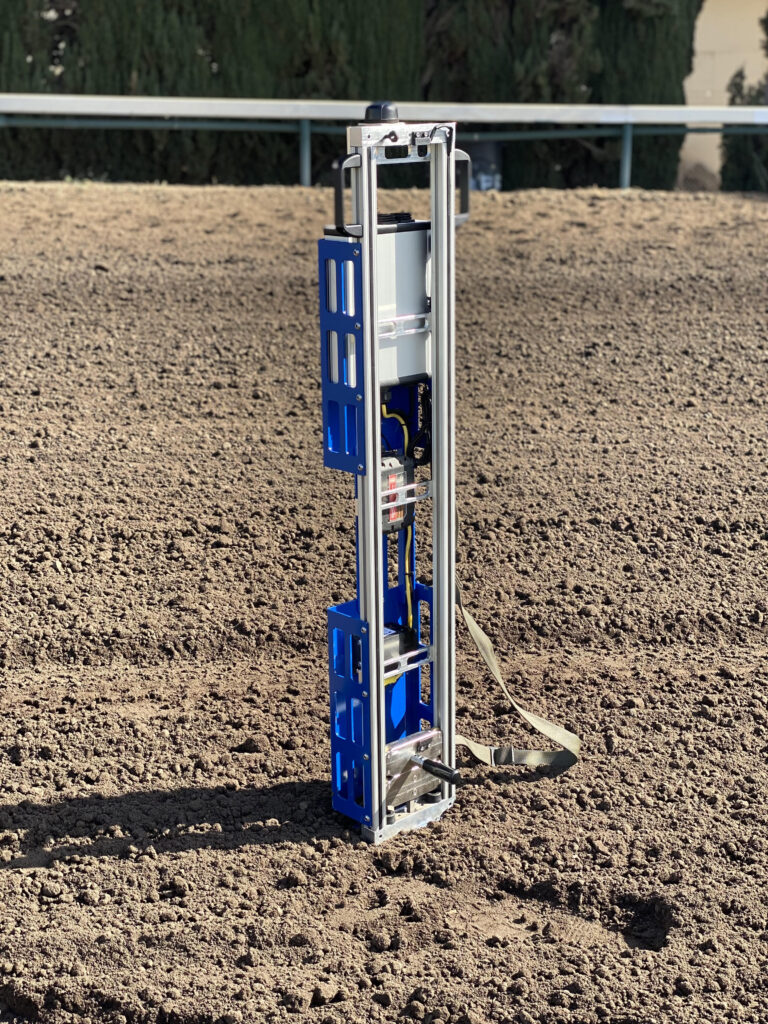Weather Data
Real time monitoring of weather at the track is critical to understanding the response of the racing surface and the selection of track maintenance tools. For turf tracks the implementation of an evapotranspiration model can assist in irrigation.
Current efforts are focused on the development of an evaporation model for dirt surfaces which uses the weather station along with maintenance information to assist in the timing of water addition.
Dirt
Cushion Depth (in.): Metal Ruler or Longchamp Penetrometer.
Moisture Content (VMC): Spectrum TDR 250, 300 (no longer sold), or 350.
Turf
Penetration Depth (in.): Longchamp Penetrometer
Moisture Content (VMC): Spectrum TDR 250, 300 (no longer sold), or 350.
Synthetic
Penetration Depth (in.): Longchamp Penetrometer.
Surface Temperature (Degrees F): Thermocouple Thermometer with Handheld Probe.
On Site Weather Station
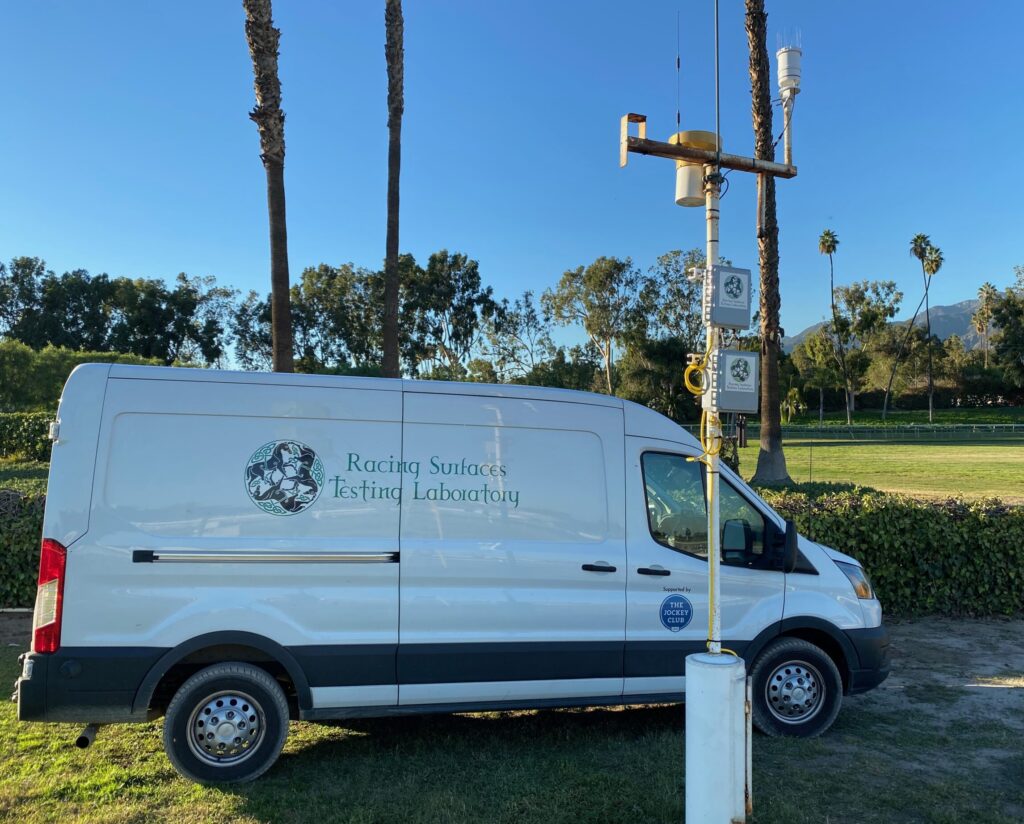
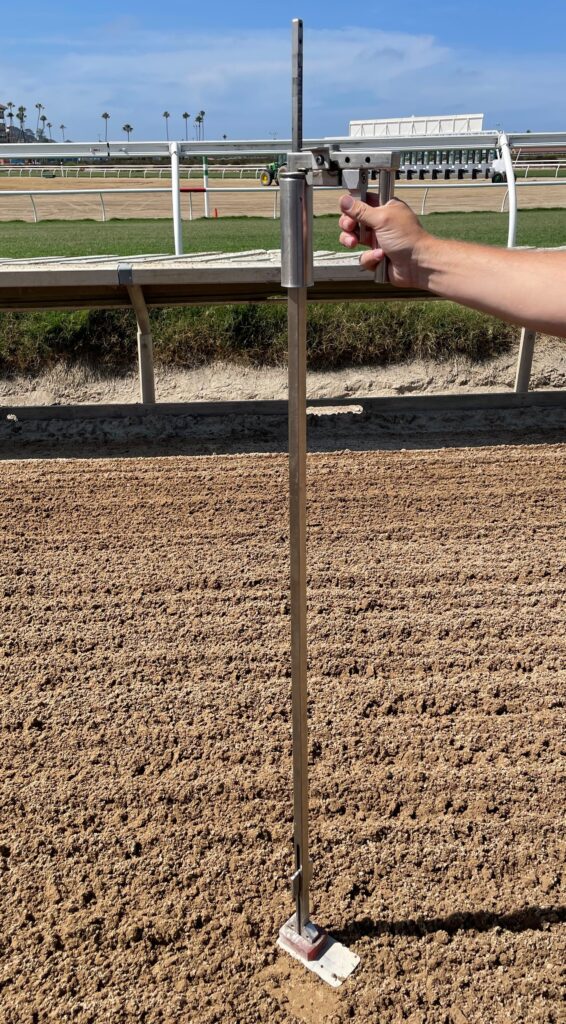
Time Domain Reflectometry
Time domain reflectometery (TDR) is used to measure the moisture content of both turf and dirt tracks. This is a low cost tool that is used on a daily basis for management of the moisture content of the racing surface. The choice of a TDR probe for moisture is based on extensive research done by the department of agriculture in the USA (USDA) where they compared moisture monitoring tools. A TDR probe can be easily carried by hand, in a truck or on a 4-wheeler around the track to test the moisture and provide a standard map of the testing.
For racing we recommend the FieldScout TDR 250 Soil Moisture Meter. The unit should be specified with the 3 inch rods.
Once the unit has been received the values of moisture content can then be typed into the Maintenance Quality System database. The Maintenance Quality System is then used for the creation of temporal (see below) and spatial plots of the variation in moisture content.
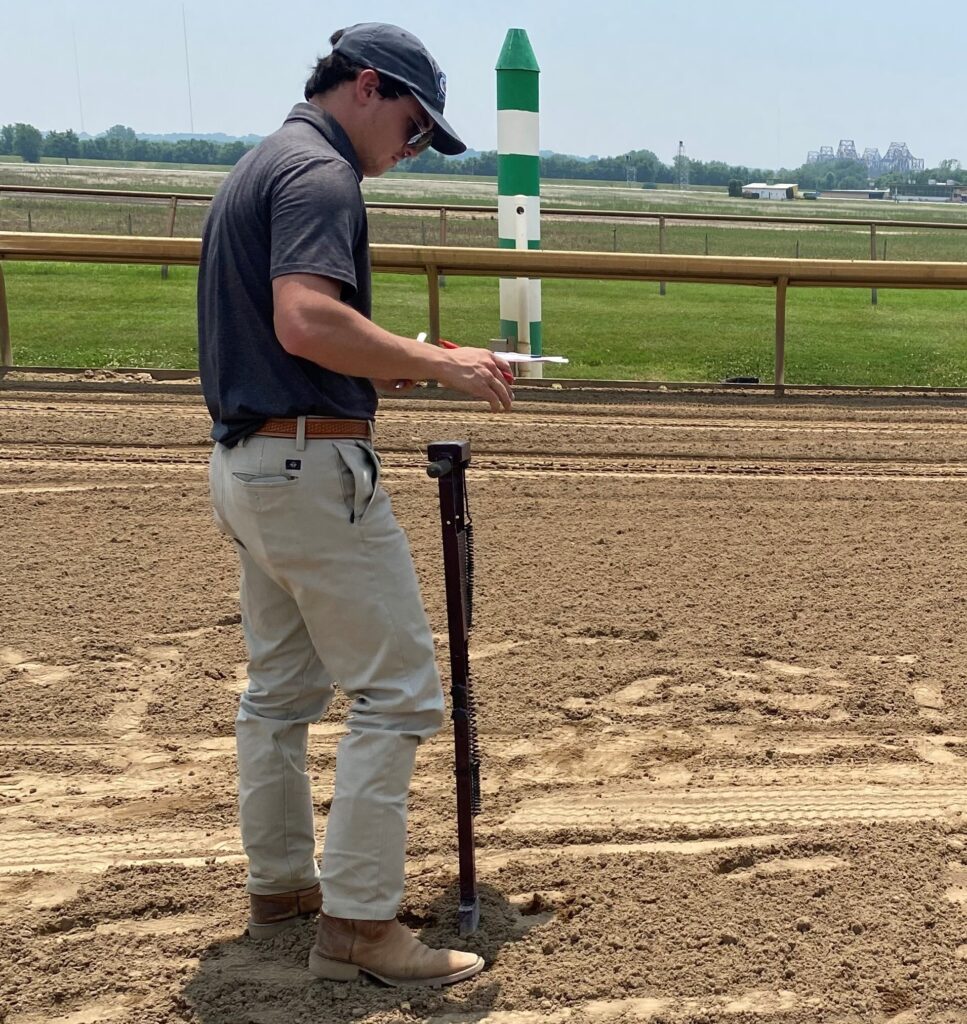
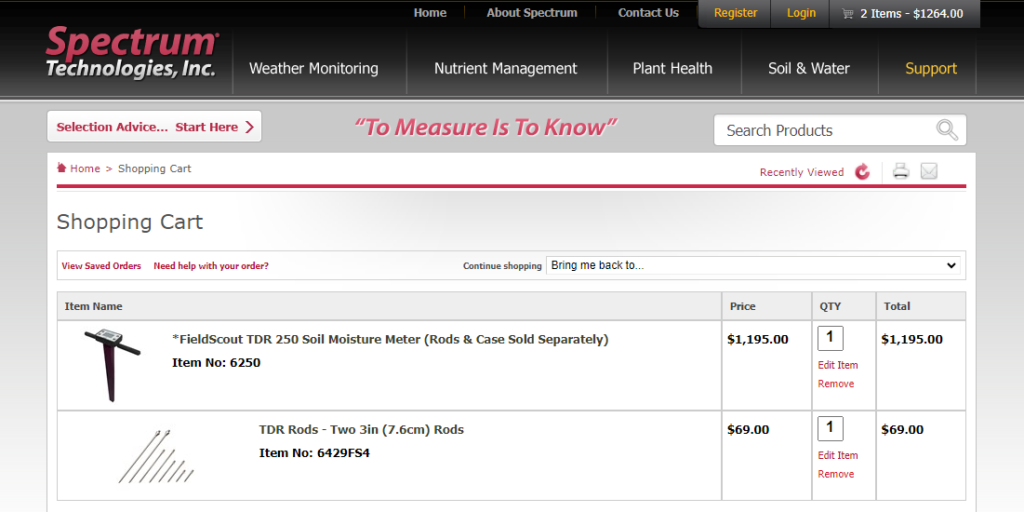
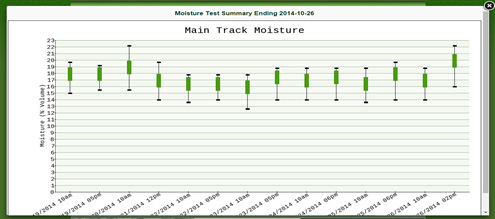
Integrated Racetrack Surface Tester (IRST)
Literature supporting the use of the Longchamp penetrometer:
- Murhpy, J. W., Field, T. R. O., and Thomas, V. J. (1996) Racetrack Traction Assessment by Penetrometer Part I. Application of the Model. Journal of Turfgrass Management, Vol 1(4) 1996 https://doi.org/10.1300/J099v01n04_04
- Murhpy, J. W., Field, T. R. O., and Thomas, V. J. (1996) Racetrack Traction Assessment by Penetrometer Part II. Application of the Model. Journal of Turfgrass Management, Vol 1(4) 1996 https://doi.org/10.1300/J099v01n04_05
- Rogers, C.W., Bolwell, C.F., Gee, E. K., Peterson, M. L., and Mcllwraith, C. W. (2014) Profile and Surface Conditions of New Zealand Thoroughbred Racetracks. Journal of Equine Veterinary Science http://dx.doi.org/10.1016/j.jevs.2014.06.017
- Gibson, M. J., Bolwell, C.F., Gee, E. K., Legg, K. A., and Rogers, C.W. (2022) Race-Level Reporting of Incidents during Two Seasons (2015/2016 to 2016/2017) of Thoroughbred Flat Racing in New Zealand. Animals https://doi.org/10.3390/ani12081033
- Schmitt, P. R., Sanderson, W, Rogers III, T., Barzee, T. J., Peterson, M. L. (2023) A Comparison of Devices for Race Day Characterization of North American Turfgrass Thoroughbred Racing Surfaces. Animals https://doi.org/10.3390/ani14010038
